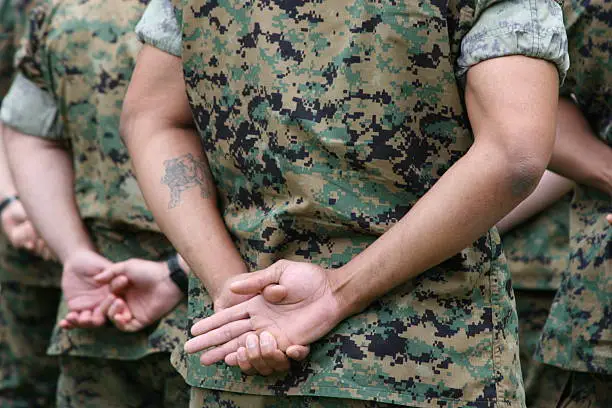Contents
1.Appearance in the army and hand tattoos
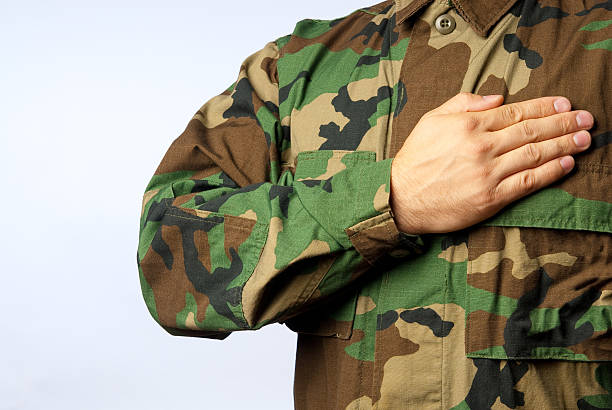
Hand tattoos have gained popularity in recent years as a bold form of self-expression. However, in certain professions, such as the military, tattoos on visible parts of the body, including the hands, have specific regulations.
In the military, appearance standards are often quite strict, and tattoos are no exception. While policies can vary between branches and even within different units, there are typically guidelines regarding the size, location, and content of tattoos. Hand tattoos, in particular, may be subject to scrutiny due to their visibility and potential impact on a uniformed appearance.
For soldiers, sailors, airmen, and marines, the regulations surrounding hand tattoos are often designed to maintain a professional image and to prevent any tattoos that could be deemed offensive or divisive. In many cases, hand tattoos that are excessively large, offensive, extremist, or gang-related may be prohibited.
However, there are exceptions and allowances in some cases. For instance, recruits who already have hand tattoos may be accepted into the military, depending on the discretion of the recruiting authorities and the specific branch’s policies. Additionally, individuals who acquire tattoos after joining the military may be subject to disciplinary action if those tattoos violate regulations, but they may also be permitted to keep their tattoos if they were acquired in accordance with the rules at the time.
Overall, while hand tattoos can be a meaningful form of expression for many individuals, those considering a military career should be aware of the potential implications of visible tattoos on their ability to enlist and serve, as well as any limitations or restrictions that may apply.
2.Understanding army regulations regarding hand tattoos
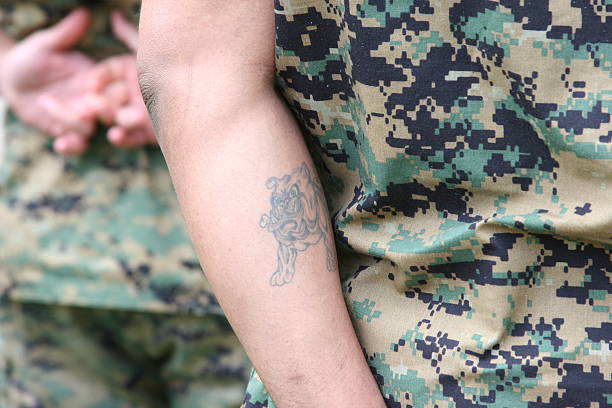
Inking your skin with intricate designs and symbols has become a celebrated form of self-expression in today’s society. From sleeves to back pieces, tattoos offer individuals a canvas to showcase their personality, beliefs, and experiences. However, for those considering a career in the military, particularly the esteemed U.S. Army, the rules surrounding body art, especially hand tattoos, add a layer of complexity to the decision-making process.
Picture this: you’re a young recruit, eager to serve your country, but your hands bear the marks of your personal journey – perhaps a meaningful mantra or a tribute to a loved one. In the military, where discipline and uniformity reign supreme, the artistry etched onto your hands might be subject to scrutiny.
Enter the Army’s tattoo policy – a set of regulations designed to balance individual expression with the cohesive image of the armed forces. At its core, the policy aims to maintain a professional appearance while respecting the diverse backgrounds and cultures of its servicemembers.
Let’s delve into the specifics. Firstly, content is key. The Army draws a firm line against tattoos that promote extremism, sexism, racism, or indecency. These guidelines extend to tattoos on the hands, where symbols of hate or divisiveness are strictly forbidden.
Size matters, too. Imagine standing in uniform, your hands resting naturally by your sides. Any ink visible beyond the wrist bone is a no-go. The Army’s ethos of uniformity demands that hand tattoos remain discreet, ensuring a polished appearance in the Army Service Uniform (ASU).
But what about recruits who already sport hand tattoos? Here’s where the grandfather clause comes into play. Soldiers with tattoos compliant with previous regulations may find themselves exempt from newer restrictions, provided their ink meets the standards set forth at the time of their enlistment.
However, navigating these guidelines isn’t always black and white. Army recruiters are tasked with assessing potential recruits for adherence to tattoo policies, including those pertaining to hand tattoos. While some may be turned away due to visible ink that falls short of regulations, others may receive waivers or guidance on covering or removing tattoos to meet Army standards.
In essence, the Army’s tattoo policy embodies the delicate balance between individual expression and collective identity. While inked hands may tell a story of personal significance, the Army’s commitment to professionalism and unity shapes the boundaries of self-expression within its ranks.
So, to those with dreams of donning the uniform of the U.S. Army, remember: every mark on your skin carries weight in the eyes of the military. Whether you’re inked from head to toe or sporting a clean canvas, understanding and adhering to tattoo regulations is a crucial step on the path to serving your country with honor and pride.
3.Current army policy on hand tattoos
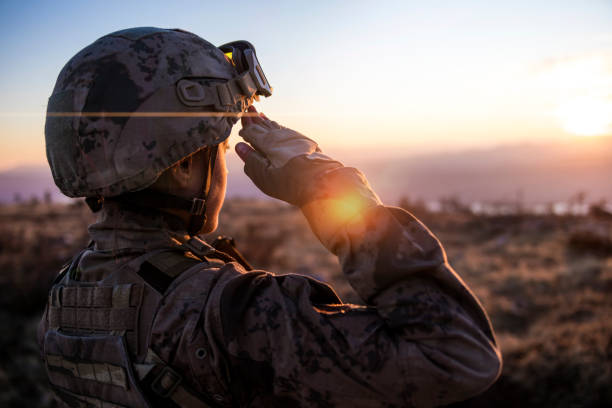
In the realm of military service, where discipline and uniformity are paramount, the ink that adorns one’s hands becomes more than just a form of self-expression – it becomes a subject of regulation and scrutiny. Within the esteemed ranks of the U.S. Army, the policy surrounding hand tattoos reflects a delicate balance between individuality and the collective identity of the armed forces.
Picture this: a young recruit stands at attention, hands by their sides, clad in the iconic Army Service Uniform. Their fingers bear the marks of personal journeys – symbols of resilience, loyalty, and perhaps a hint of rebellion. Yet, in this world of strict standards and unwavering discipline, those inked emblems may come under the microscope of regulation.
Enter Army Regulation 670-1, the playbook dictating the wear and appearance of Army uniforms and insignia. Within its pages lie the guidelines that govern the ink etched onto soldiers’ hands:
1.Message Matters: The Army’s stance on tattoos is crystal clear – no room for extremism, indecency, or hate. Hand tattoos bearing such messages find no home within the ranks.
2.Out of Sight, Out of Mind: In the realm of uniformity, visibility is key. It’s crucial to keep hand tattoos hidden when wearing the Army’s distinctive attire, maintaining a unified and professional look at all times.
3.Counting the Ink: The Army’s policy extends beyond mere aesthetics. Soldiers are typically limited to four visible tattoos below the elbow or knee, each no larger than the wearer’s hand with fingers extended and joined. Hand tattoos fall under this purview, emphasizing the importance of moderation.
4.Navigating the Past: For those who entered the Army with ink adorning their hands, the grandfather clause offers a glimmer of leniency. Yet, even within its provisions, adherence to current regulations remains paramount.
5.The Recruiter’s Eye: Army recruiters serve as gatekeepers, tasked with assessing potential recruits for compliance with tattoo policies. Those with visible hand tattoos that fail to meet regulations may find themselves facing barriers to entry or in need of alterations to meet Army standards.
In essence, the Army’s stance on hand tattoos encapsulates a nuanced approach to personal expression within the context of military discipline. While each tattoo tells a story, it must coexist harmoniously with the broader narrative of unity and professionalism that defines the armed forces.
So, to those who aspire to serve, heed the lessons inked onto your skin. For in the Army, every symbol carries weight, and understanding the regulations that govern them is a crucial step on the path to joining the ranks of the nation’s defenders.
4.Impact of hand tattoos on army recruitment
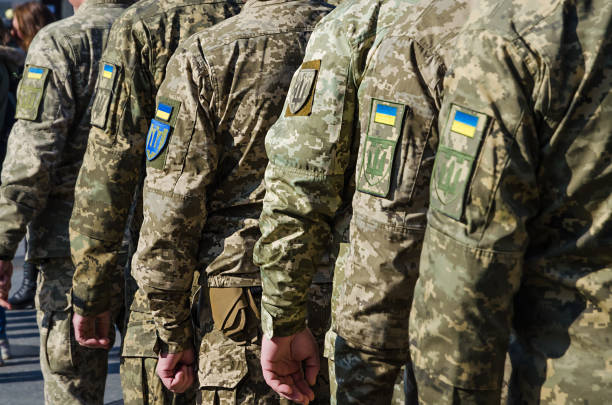
The allure of serving in the army beckons many, but for those adorned with hand tattoos, the path to enlistment may come with unexpected twists and turns. Here’s a closer look at how hand tattoos can impact the recruitment process:
1.First Impressions: Your journey to becoming a soldier often begins with a visit to the recruiter’s office. As you sit across the desk, your hand tattoos, once symbols of personal expression, now take on new significance. Recruiters, the gatekeepers of military service, are tasked with assessing candidates for suitability, including adherence to tattoo policies. Those with visible hand tattoos may face initial scrutiny, with recruiters weighing the impact of ink on uniformity and professionalism.
2.Navigating Regulations: The U.S. Army, guided by Army Regulation 670-1, sets forth clear standards for tattoos, including those on the hands. These regulations aim to maintain a cohesive image while respecting individuality. Hand tattoos, like all ink, must align with content restrictions and size guidelines. Any ink extending beyond the wrist bone in its natural state may raise red flags during the recruitment process, prompting further evaluation.
3.Compliance Challenges: For recruits sporting hand tattoos, navigating the army’s tattoo policy becomes a balancing act. While the allure of military service beckons, the ink etched onto their hands could pose challenges. Tattoos deemed extremist, indecent, sexist, or racist are strictly prohibited, leaving little room for interpretation. Recruits may find themselves at a crossroads, weighing their desire to serve against the need for compliance.
4.Options and Considerations: As recruiters assess candidates, those with visible hand tattoos may explore options for compliance. Deciding whether to conceal or remove hand tattoos to meet Army standards becomes a pivotal choice for many individuals. Others may seek clarity on the “grandfather clause,” hoping their existing tattoos fall within exemptions granted to soldiers with ink compliant with previous regulations. Understanding these options is crucial for recruits navigating the recruitment process.
5.A Path Forward: Hand tattoos, once symbols of personal narrative, now stand as markers on the road to military service. As recruits navigate the intricacies of army recruitment, understanding the impact of their inked hands is paramount. Whether it’s exploring options for compliance or seeking guidance from recruiters, being informed allows candidates to chart a clear path toward realizing their military aspirations.
In essence, while hand tattoos may bear personal significance, their impact on army recruitment underscores the intersection of individuality and institutional standards. As recruits embark on their journey to serve, the implications of their inked hands serve as reminders of the complexities inherent in pursuing a career in the armed forces.
5. Advice for Prospective Army Recruits with Hand Tattoos
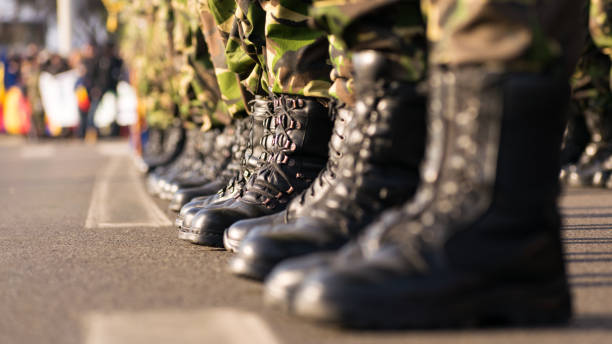
For potential army recruits with hand tattoos, navigating the enlistment process can present unique challenges. However, with careful consideration and preparation, you can still pursue your military aspirations while respecting the army’s tattoo policies. Here are some handy tips to assist you with your hand tattoos.
1.Research Army Tattoo Policies: Before you take any steps toward enlistment, familiarize yourself with the U.S. Army’s tattoo regulations outlined in Army Regulation 670-1. Understanding the content restrictions, size guidelines, and placement requirements for hand tattoos will help you assess whether your ink complies with army standards.
2.Evaluate Your Tattoos: Assess your hand tattoos carefully, scrutinizing whether they comply with Army regulations and standards. Are they free from extremist, indecent, sexist, or racist imagery? Do they fall within the size limitations and placement guidelines? If your tattoos raise any concerns, consider consulting with a recruiter for guidance on compliance options.
3.Seek Guidance from Recruiters: Army recruiters are your allies in the enlistment process. Schedule a meeting to discuss your interest in joining the army and any concerns you have about your hand tattoos. Recruiters can provide valuable insight into how your tattoos may impact your eligibility and offer guidance on steps you can take to ensure compliance with army regulations.
4.Explore Cover-Up Options: If your hand tattoos do not meet army standards, explore options for covering them during the recruitment process. This might involve wearing clothing or accessories that conceal your tattoos or exploring temporary cover-up solutions. Keep in mind that any cover-up methods should be practical and respectful of army standards.
5.Consider Tattoo Removal: In some cases, tattoo removal may be necessary to align with army regulations. If you’re serious about joining the army and your tattoos pose a significant barrier to enlistment, explore tattoo removal options with a qualified professional. Be aware that tattoo removal can be a time-consuming and costly process, so weigh your decision carefully.
6.Stay Flexible and Persistent: Navigating the enlistment process with hand tattoos may require patience and persistence. Be prepared to adapt to any challenges that arise and remain flexible in exploring compliance options. Stay in regular communication with your recruiter and demonstrate your commitment to serving in the army.
7.Prepare Mentally and Physically: While you navigate the logistics of your hand tattoos, don’t forget to focus on your overall readiness for military service. Prepare yourself mentally and physically for the demands of army life through regular exercise, study of military topics, and mental readiness exercises.
By following these tips and taking proactive steps to address any concerns about your hand tattoos, you can increase your chances of successfully navigating the army enlistment process. Remember, your dedication and commitment to serving your country are what truly matter as you pursue your military aspirations.
Here’s a quick overview
Hand tattoos are subject to strict regulations in the army, outlined in Army Regulation 670-1.Existing tattoos may be accepted if they comply with previous regulations, but new recruits face scrutiny.
Research army tattoo policies, evaluate your tattoos, seek guidance from recruiters, and explore options like cover-ups or removal if needed. Stay informed, flexible, and persistent throughout the enlistment process, prioritizing your commitment to serving your country.

